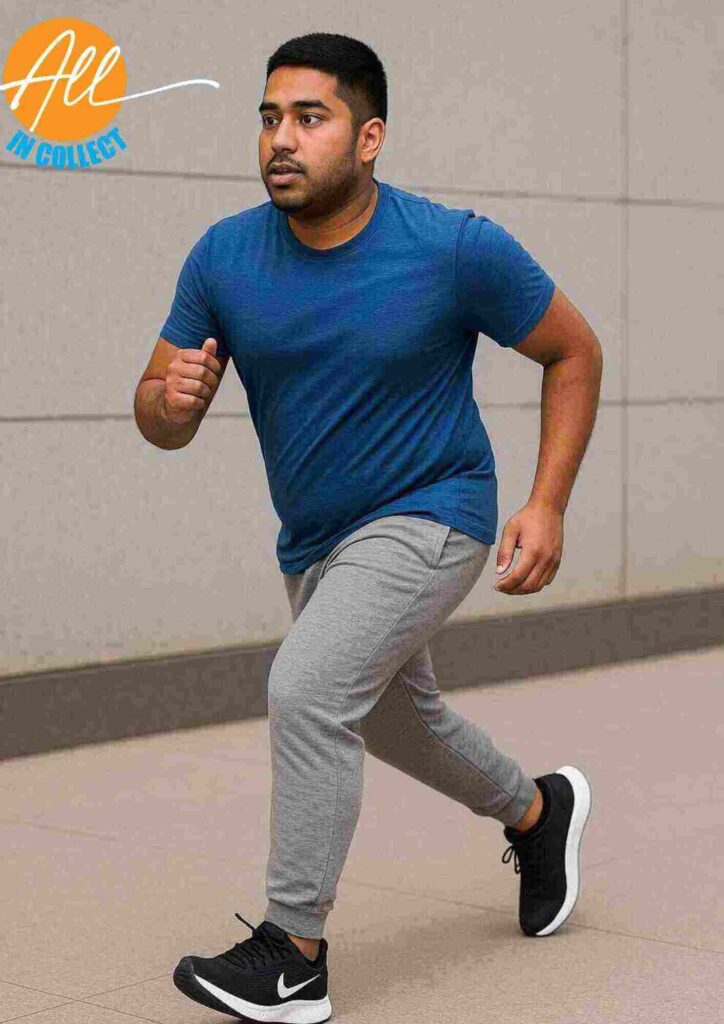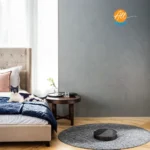How Should Running Shoes Fit Toe?
When choosing running shoes, comfort, functionality, and long-term health are more important than style. Many of us choose shoes based on brand or design, which we should avoid. Instead, we should look at how running shoes should fit the toe. But whether walking or running, if the shoe is too tight, it can cause various problems like blisters, pain, and swelling. That’s why we need to choose running shoes that fit the toe properly.

How important is it to wear running shoes that fit your toe?
Our toes in particular typically experience a great deal of strain when we run. Therefore, we must guarantee that the shoe’s fit and design allow for typical toe movement while maintaining comfort. We must ensure that the shoe is not excessively tight because this can create joint pain, strain on the nails, and restriction of movement. The foot’s natural shape may also be impacted over time by this. Conversely, an excessively loose shoe increases the chance of imbalance because it does not offer adequate support when running.
How do you make sure your running shoes fit your toe properly?
1. Ensure enough space
The front of the shoe should have adequate room for the toes to move freely. Next, it’s crucial to remember that the distance between the toe and the shoe’s front edge should be at least half an inch or the breadth of the toe.
2. Consider the Width of the Toe Box
A running shoe’s toe box ought to be slightly broader. Otherwise, wide toes may be able to wander around in tiny toe boxes, which can be uncomfortable. Mobility is crucial for long-distance running, and a broad toe box aids in this.
3 . Choose flexible materials
Flexible materials that adapt to the shape of the foot and offer sustained comfort are used to make the best running shoes for beginners. Some shoes provide extra room for the toes because of their elastic fabric, which adapts to the curve of the toe.
4. Consider the height of the toe box
Many shoes have low toe box heights, which can be troublesome for people with wide or long feet. The ideal height guarantees a natural fit by avoiding undue pressure on the toes.
5 . Measure your feet in the afternoon
The size of your feet might fluctuate at any time during the day. Because feet swell a little in the afternoon, now is an excellent time to buy running shoes. This guarantees that there is adequate space for your feet to move during your run.
Problems Caused by Ill-Fitting Shoes
1. Toenail color
When jogging in a shoe that is excessively tight, the toes will constantly strike the front of the shoe, turning the nails black. This black toenail problem can cause a lot of agony.
2. calluses and corns
The development of corns and calluses on the sides of the toes from wearing tight shoes for an extended length of time can be uncomfortable.
3. The blisters
The contact between the toes caused by hard materials or narrow toe boxes might result in painful blisters.
4. Hammertoe and Bunion Development
The structure can be changed by prolonged use of shoes that are not well fitted. The big toe joint swells with bunions, and the toe curve is irregular with hammertoe.
Running Shoes Suggested for the Ideal Fit
1. Brand Value
Running shoes of superior quality are produced by companies such as Under Armour, Brooks, and New Balance.
2. Customized Models for Various Foot Types
The New Balance 1080 v13 and Brooks Ghost are great options for people with larger feet. Shoes like the Saucony Endorphin or Asics Gel Nimbus can be perfect for you if your toes are longer.
3. Choose Shoes Depending on Individual Needs and Habits
Select shoes that are comfy and light if you run long distances. Choose shoes with good traction for trail running, such as the Salomon Speedcross.
Extra Advice for Comfortable Toes When Running
1. To avoid bruising from toenails striking the front of the shoe, trim them frequently.
2. Cotton socks should not be worn since they can retain moisture and cause blisters by increasing friction. Instead, wear socks that wick away moisture.
3. If you have pressure between your toes during extended runs, use toe spacers.
4. Running shoes should be replaced every 300–500 miles to ensure adequate support and cushioning, and foot pain or discomfort should be monitored.
How Do I Properly Put on Running Shoes?
1. To ensure a proper fit, wear running socks when putting on shoes.
2. Ensure that the shoelaces are tied correctly to prevent undue strain on the feet.
3. To give your feet time to acclimate, start with short runs when purchasing new shoes.
Frequently Asked Questions
What is the ideal amount of space in a running shoe?
To prevent ailments like scorching, black toenails, and excruciating friction, you need space in the shoe. To accommodate for any forward foot motion and swelling, experts advise leaving about 1/2 inch between your toes and the end of the shoe.
Do shoes need to fit snugly at first?
It’s not necessary for shoes to be tight initially. Instead, to make sure your foot motion is right, you should be able to wriggle your toes a little. Still, the shoe should be loose enough to permit movement while still being snug enough to prevent slipping. Look for any foot slippage as you walk or run around the business.
Is it okay for running shoes to be slightly too big?
You should always err on the side of too many shoes when it comes to top-rated running shoes. Let Your Thumb Be Your Guide. For added room, it is ideal to have a thumb’s width between the top of the toe and the shoe’s edge. However, they shouldn’t be letting you down. You can also make sure your running shoes are securely laced by looking at how you tied them.
4. Should I buy running shoes in a larger size?To guarantee enough toe room and account for foot swelling during runs, it is advised to go up half a size from your typical shoe size.







